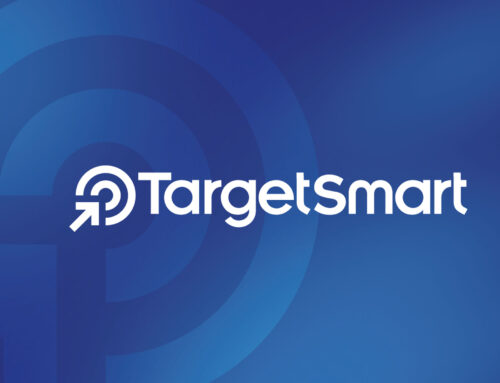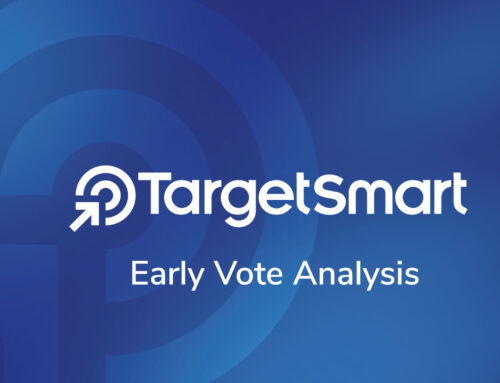Hi folks,
We’re still 38 days from Election Day, and ballots are already in the mail in several states. As ballots start to be returned in the coming days, we’ll have our first hard data on the composition of the electorate in 2024.
Next week, TargetSmart will release our 2024 version of TargetEarly – our industry leading tool that allows everyone to analyze the early vote as data comes in. While we never know how people vote early, we do know who has voted early – and that can tell us a lot, but there are limitations, and applying the right context is essential.
Despite major advances in campaign data and analytics in recent decades, the single best tool for analyzing current trends is to look at past comparable cycles. But that is only partially true for analyzing the early vote. In recent years, voting habits, laws, party rhetoric, and public opinion on the practice have all changed drastically.
2020 – our last comparable presidential election – was held in the midst of a global pandemic when states across the country changed voting laws that resulted in an unprecedented 2 out of 3 votes being cast early or absentee. Data from 2020 or even 2016 won’t provide a perfect benchmark comparison for 2024 like we may have previously been used to.
Just look at what’s changed in the last 4 years: Republicans have gone from denouncing early voting to pleading with their base to vote as early as possible, laws related to early voting are different in 9 battleground states alone, and post-pandemic, voters are no longer being told to avoid crowds and practice social distancing. This is all to say there simply isn’t an apples to apples comparison for this election cycle. Our expectation entering the early voting window is that we will see more Democratic-leaning voters, especially younger voters, transition from voting early in 2020 to Election Day voting this year, while we may see the opposite with some Republican voters (as we did in the Virginia elections in 2023).
However, that doesn’t mean that early vote data, and TargetEarly specifically, isn’t an incredibly useful and important tool for campaigns, practitioners, and the general public as we head into the election. In this cycle, we expect tens of millions of Americans to cast their ballot early. And TargetEarly will bring you the data on all of them, allowing us to analyze in real time:
- Geographies like state, county, congressional district, state house, and media market;
- Demographics like age, race, gender, or education; and
- Vote history, including first-time voters; infrequent voters, and more.
Over the coming DAYS, we’ll continue to share periodic analysis here, @TBonier and @TargetSmart and we encourage you to do your own analysis. We’ll do our best to analyze the data in context so we can all have an informed conversation on what the data means for candidates and the state of democracy.
As always, I look forward to hearing your thoughts and feedback.
-Tom




